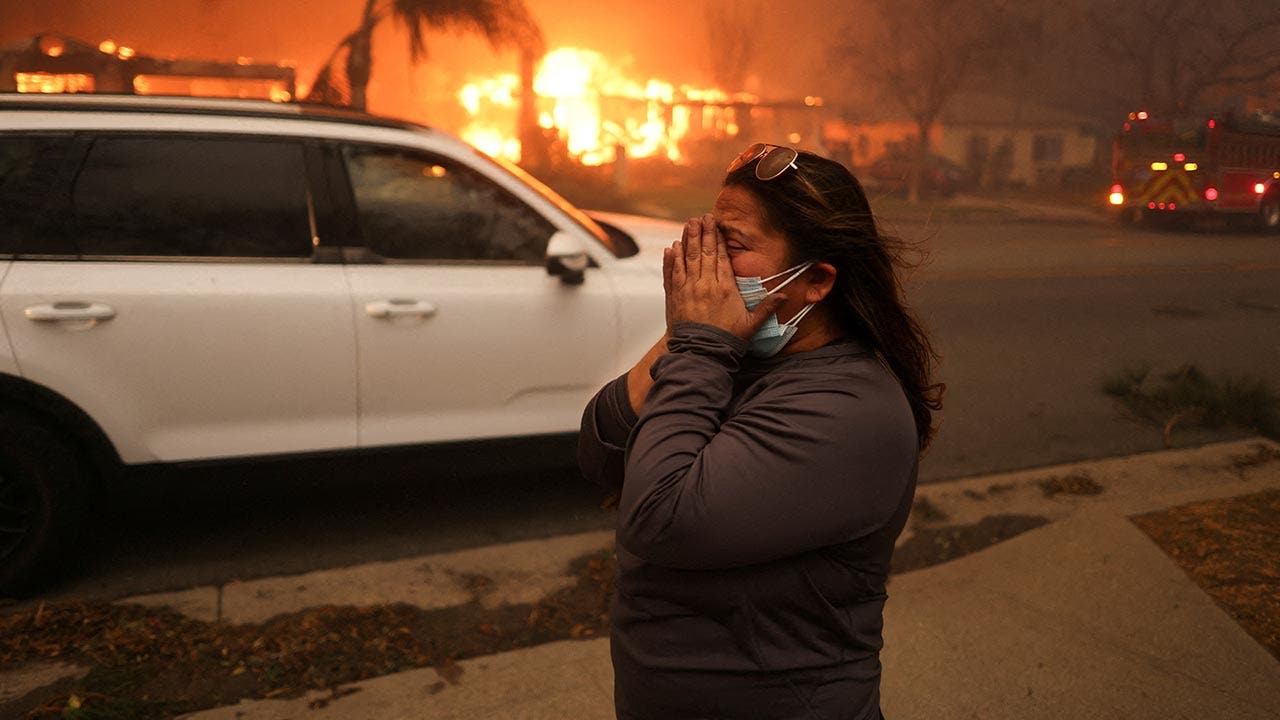Even though it seems like summer just arrived, August is dead-ahead.
It’s time for summer’s last stand. Now is the time to plan that great Alaska adventure before the snow flies.
Thankfully, some companies are rolling out end-of-season specials to prompt you to plan a getaway to Denali or Seward — or maybe a cruise through the Inside Passage.
The Alaska Travel Industry Association recently resumed sending out emails highlighting seasonal specials around the state. Travelers can see a recap of the offers on the group’s website.
On the list of special offers is a 30% discount for Alaska residents at two hotels in Seward: The Edgewater and the Hotel Seward. Both hotels will be open through Sept. 15. To get the discounted rate, enter “AKRESIDENT” as a discount code on the hotel website. Both hotels are operated by JL Hospitality Management and are located in the downtown Seward business district, near the Alaska SeaLife Center.
“We wanted to offer some specials and get some Alaskans at the hotels,” said Rob Hanson, a manager with JL Hospitality.
Another Seward Hotel, the Seward Windsong Lodge, is offering a 20% discount for Alaska residents. Use the discount code “AKRES” when making reservations online between now and Sept. 17. The hotel is located out of town on the way to Exit Glacier, across the road from the Resurrection River.
Princess Alaska Lodges operates five hotels in Alaska: the Kenai Princess in Cooper Landing, the Copper River Princess near Glennallen, the Mt. McKinley Princess near Talkeetna, the Denali Princess near the park entrance and the Fairbanks Princess. All of the lodges are offering 50% off the second night between now and Sept. 18.
The list of seasonal specials also includes 2-for-1 offers from Princess on select rail/hotel packages. There are several combinations available from Anchorage.
Choose a two-night itinerary from Anchorage to Talkeetna, with accommodations at the Mt. McKinley Princess. Ride in Princess’s private rail cars, which are pulled by the Alaska Railroad. Once you arrive in Talkeetna, a Princess motorcoach takes you an extra 60 miles to the lodge. Prices start at $274.50 per person, with two people sharing a room.
Between Anchorage and Denali, Princess offers a couple of options for Denali travelers who want to ride the rails. Start in Anchorage and ride to Denali National Park. Stay two nights and then return to Anchorage. Or, continue to Fairbanks and make your own arrangements to fly back to Anchorage. The cost for either itinerary is the same: $399.50 per person, double occupancy.
At Denali National Park, Princess will choose your hotel: either the Denali Princess or the McKinley Chalet Resort. The two hotels are right next to each other, near the banks of the Nenana River.
About 7 miles south of the park entrance, Denali Cabins has a collection of 46 private cabins. Between now and Sept. 19, there’s a 20% off sale for Alaska residents. Use the discount code “AKRES” for the best rate. Be sure to bring your Alaska ID.
Other large Denali hotels also are offering hefty Alaska resident discounts, although they are not publicizing it. If you have a favorite hotel, it’s worthwhile to call them or check their website for a special Alaska resident rate.
Hotels are not the only outfits offering good end-of-season deals.
Hatcher Pass ATV Tours has a collection of six-passenger “utility task vehicles” or UTVs. These are six-passenger side-by-side trail riders that are fully enclosed and heated. The company offers tours that start at $254 per machine — so the cost per person is less if you have more people. Hatcher Pass ATV Tours is located on the Hatcher Pass road between Willow and Palmer. There are more than 100 miles of trails that the company uses. Gold panning is included on many tours. Enter “ALASKA TRAVEL” as a discount code to trim 15% off the cost of a tour.
One of the biggest discounts for Alaska residents is offered on seven-day cruises between Whittier and Vancouver. Holland America is offering fares for inside cabins for as low as $229 one-way, plus taxes and port fees of up to $310 per person ($539 total). Outside cabins are available on some, but not all of the cruises, from $269 per person, plus $310 in taxes.
Holland America has dedicated two ships to the cross-gulf itinerary: the Nieuw Amsterdam and the Noordam. Stops include Ketchikan, Juneau and Skagway, in addition to cruising through Glacier Bay. All the specially priced cruises stop or start in Vancouver, B.C. Contact Holland America directly or your travel agent. Remember to mention that you’re an Alaska resident.
Other cruise companies are offering discounted sailings in August from Seward. Norwegian Cruise Lines offers seven-day itineraries in August on the Spirit for as little as $299 per person, plus $330 in taxes and fees ($629 total per person, double). Norwegian doesn’t care where you live. The best prices are for the Aug. 9 and Aug. 23 departures from Seward.
Since the bargain cruises start or end in Vancouver, B.C., you must have a valid passport to board the cruise and cross the border. The most convenient flight is Air Canada’s daily nonstop flight between Vancouver and Anchorage. Prices range from $206 to $404 one-way.
To fly to or from Seattle, you can take a bus to or from Vancouver for $25. Or, Amtrak goes for $45 one-way.
It’s summer’s last stand. Make it a season to remember!

:quality(70)/cloudfront-us-east-1.images.arcpublishing.com/adn/KHUI4QP2RFBGFFL5QHJAQQ4RSU.JPG)


/cdn.vox-cdn.com/uploads/chorus_asset/file/25833258/Screenshot_2025_01_15_at_8.11.01_PM.png)















/cdn.vox-cdn.com/uploads/chorus_asset/file/25822586/STK169_ZUCKERBERG_MAGA_STKS491_CVIRGINIA_A.jpg)

/cdn.vox-cdn.com/uploads/chorus_asset/file/25821992/videoframe_720397.png)




